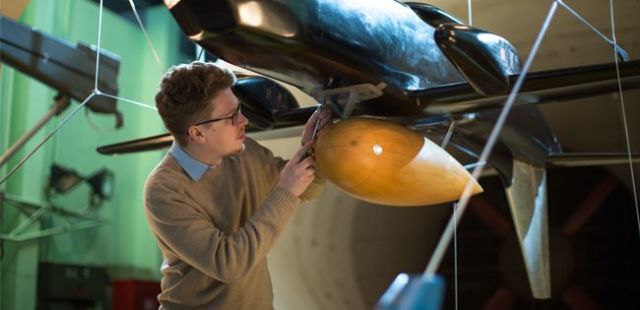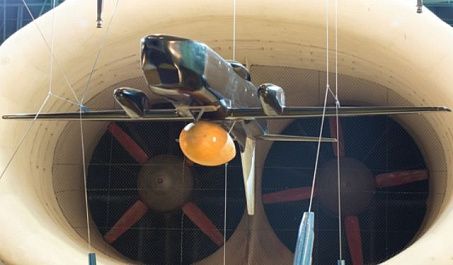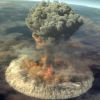An important role in strengthening the technological independence of the country is played by the development of aviation science in accordance with global trends. One of them is to increase the environmental friendliness of aircraft, which is possible when using alternative types of fuel.
These include cryogenic fuels — liquid hydrogen and liquefied natural gas. In comparison with kerosene, they have significantly better environmental characteristics. However, there are also a number of disadvantages associated with storage in cryogenic form — extremely low temperature and density.
These properties of cryogenic fuel do not allow the use of traditional fuel tanks in the wing of the aircraft — special heat-insulated containers of increased volumes are required. Their placement is one of the important problems of the layout of an aircraft on cryogenic fuel. For regional airliners, due to the relatively small internal volumes, the installation of cryogenic tanks is possible exclusively from the outside, which negatively affects the aerodynamics of aircraft.
 |
| Research at TsAGI of a light convertible aircraft. |
| Source: TSAGI Press Service |
At the moment, scientists of the Central Aerohydrodynamic Institute named after Professor N.E. Zhukovsky (part of the Scientific Research Center "Institute named after N.E. Zhukovsky") are investigating a light convertible aircraft (LCS) with cryogenic fuel tanks. The work is carried out within the framework of research and development "Technologies-Transport 2" under a contract with the Ministry of Industry and Trade of the Russian Federation. The main task is to reduce the negative impact of external cryogenic tanks on the aerodynamic quality, stability and controllability of the aircraft.
Earlier, the institute's specialists developed the concept of LCS and conducted a series of experiments in aerodynamic installations. Among them is the study of varieties of aircraft layout elements (chassis fairing, tail, nacelles), icing protection capabilities, etc. In addition, according to the results of studies of the flight characteristics of the aircraft, the required size of cryogenic fuel tanks was determined: it was about 2 m in diameter and about 10 m in length. The amount of fuel placed in a tank of such dimensions will allow flights to a range of 1,200-2,000 km with a cargo of 5-6 tons.
After that, the staff of the research and production center produced two models of external cryogenic tanks for the LCS model on a scale of 1:10, differing in shape — profiled and cylindrical. Next, TsAGI scientists studied the influence of these variants of the external tank installed above the fuselage of the aircraft on its aerodynamic characteristics: resistance, stability and controllability. The tests were carried out in the T-102 wind tunnel at an air flow speed of 50 m /s: the cruising flight mode, as well as the take-off and landing of the airliner were simulated. In addition, experts investigated the influence of the shape of an external cryogenic tank on the efficiency of the rudder. The obtained test results confirmed the calculated estimates. They will be used to form the optimal layout of a cryogenic-fueled regional aircraft.
"The use of cryogenic fuel is one of the options for reducing harmful emissions from the aircraft into the atmosphere. For our country, and especially the regions of the Far North, where there are problems with the import of kerosene, liquefied natural gas is most relevant. By creating an aircraft on cryogenic fuel, we solve two problems at once: improving the environmental characteristics of aviation equipment and ensuring transport accessibility of remote regions," said Alexander Krutov, a researcher at the Center for Integrated Technology Integration of the FAA TsAGI.
The light convertible aircraft can be used for both passenger and cargo transportation without changing the standard design. The aircraft will be able to carry 50 passengers at a distance of 1,500 km or 6 tons of cargo at a distance of 1,000 km. The cruising speed of the aircraft is 480 km/h.
MOSCOW, TSAGI Press Service





